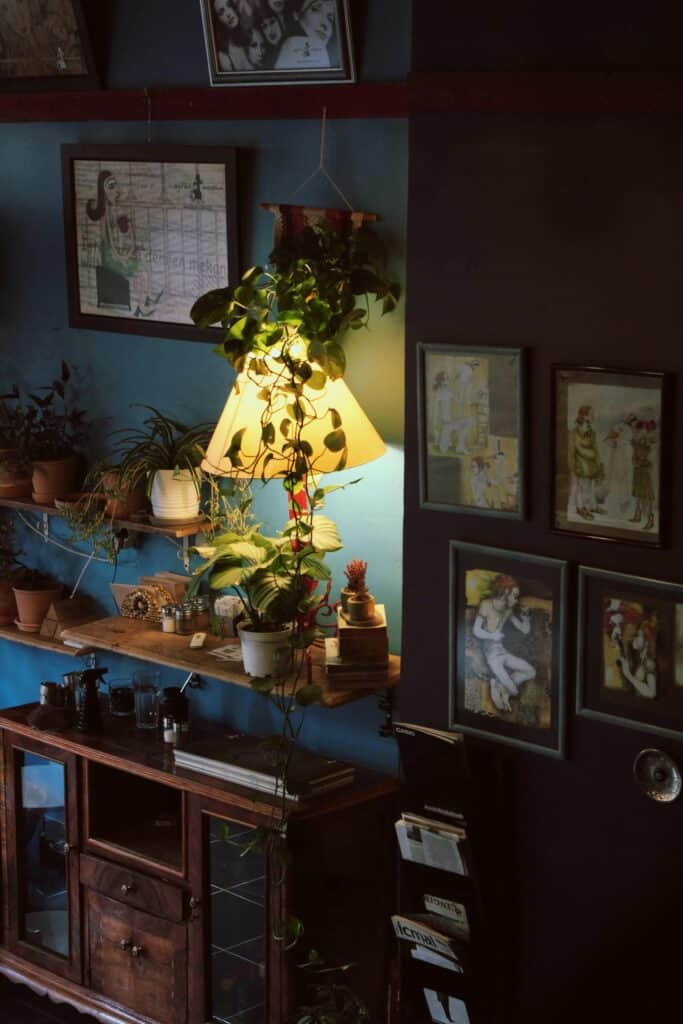Rooted in past eras, vintage artwork encompasses a wide variety of aesthetics and techniques, each reflecting the unique social, cultural, and historical contexts of its time. The charm of vintage art lies not just in its beauty but in its ability to offer glimpses into the worlds of the past, allowing modern audiences to experience a tangible connection to history and artistic movements.
Defining Vintage Art
Vintage artwork typically refers to pieces that were created during the 20th century or earlier. The term encompasses a broad range of artistic expressions, from paintings and prints to advertisements and posters. While vintage art is not bound by a single style or movement, it is typically distinguished by its connection to the aesthetic and cultural values of the period in which it was created.
Whether these works reflect romantic, modernist, or more experimental approaches, they serve as cultural artifacts that communicate the artistic and social trends of their respective time periods.
The Diverse Styles and Movements in Vintage Art
One of the most intriguing aspects of vintage artwork is its diversity. As the world evolved over the centuries, so did the artistic movements that defined different eras. Each style offers a distinctive lens through which to view not only the art itself but also the world from which it emerged.
-
Art Nouveau (Late 19th to Early 20th Century)
Art Nouveau, which flourished between 1890 and 1910, is recognised for its flowing lines, intricate detailing, and organic shapes, drawing inspiration from natural forms like plants, flowers, and insects. Artists like Gustav Klimt and Alphonse Mucha helped define the aesthetic with their use of curving lines, vibrant colours, and a blend of the decorative and the fine arts. Mucha’s poster work, in particular, has become synonymous with the Art Nouveau style, showcasing elegant, ethereal figures surrounded by ornamental motifs.
The decorative yet functional aspect of Art Nouveau also extends to architecture, furniture, and graphic design, making it a comprehensive movement that shaped the visual culture of its time.
-
Art Deco (1920s and 1930s)
Art Deco, the style that dominated the 1920s and 1930s, represented a bold shift toward modernity, combining elegance with a streamlined, geometric aesthetic. This movement reflected the excitement of the post-World War I industrial age, with its sleek lines, bright colours, and luxurious materials. Artists and designers like Tamara de Lempicka and Émile-Jacques Ruhlmann embodied the style, producing works that emphasised glamour, luxury, and sophistication.
Posters, furniture, and architecture of the Art Deco period featured symmetrical patterns, strong lines, and a fusion of modern materials like chrome and glass. The vibrant, angular designs of Art Deco still resonate today, celebrated for their chic, timeless appeal.
-
Mid-Century Modern (1940s-1960s)
The post-war era brought with it a new sense of optimism and innovation, which was reflected in the mid-century modern movement. Characterised by clean lines, minimalism, and an emphasis on function, this movement rejected the ornate styles of earlier periods.
This era was marked by artists and designers like Charles and Ray Eames and Eero Saarinen, who incorporated bold colours, innovative materials, and abstract shapes into their work. Mid-century modern art, furniture, and design are still highly sought after for their sleek simplicity and timeless aesthetic.
-
Vintage Posters: The Golden Age of Advertising Art
Beyond traditional paintings and sculptures, vintage artwork includes a treasure trove of advertising art, specifically posters from the late 19th to the mid-20th century. These posters were not just commercial products but were often works of art in their own right, created by notable artists to promote everything from tourism and theatre to consumer products.
For instance, the golden age of travel posters saw destinations like Paris, Monte Carlo, and the Swiss Alps depicted in vibrant colours and stylised landscapes that captured the romanticism of adventure. These posters played a significant role in shaping the visual culture of their time, offering bold, eye-catching designs that still hold strong nostalgic value today.
Similarly, wartime propaganda posters from both World War I and World War II represent a fascinating intersection between art and history. These works, such as the iconic “We Can Do It!” and “Keep Calm and Carry On” posters, used art as a tool for persuasion and morale-boosting. Their designs continue to influence contemporary graphic art and design.
Vintage Art in Modern Times
With the rise of retro-inspired interior design, collectors, and even digital platforms, vintage artwork is being rediscovered and re-appreciated by new audiences. Social media platforms like Instagram and Pinterest have played a role in this resurgence, making it easier for enthusiasts to share and discover vintage prints, posters, and advertisements from around the world.
At Village Vintage, we have many wonderful pictures and prints available to purchase – simply click here to view our collection. If you’d like to take a look at of our items, we can arrange a viewing at our Essex storage unit, where our team would be happy to answer any questions you may have.
Get in Touch
Vintage artwork offers both a glimpse into history and a timeless aesthetic that remains relevant today. If you’re interested in knowing more about our antique and vintage pieces, get in touch with us by filling out our contact form and one of our friendly team will get back to you.






